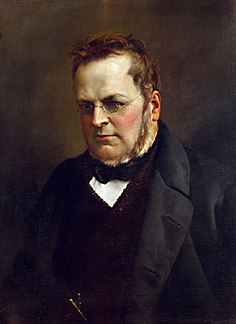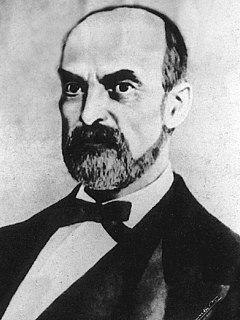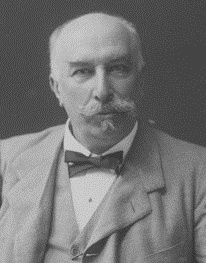| |||||||||||||||||||||||||
| |||||||||||||||||||||||||
All 443 seats to the Chamber of Deputies of the Kingdom of Italy | |||||||||||||||||||||||||
|---|---|---|---|---|---|---|---|---|---|---|---|---|---|---|---|---|---|---|---|---|---|---|---|---|---|
| |||||||||||||||||||||||||
| |||||||||||||||||||||||||
General elections were held in Italy on 27 January 1861, with a second round on 3 February. [1] The newly elected Parliament first convened in Turin on 4 March 1861, where, thirteen days later, it declared the unification of the country as the Kingdom of Italy. [2]

Italy, officially the Italian Republic, is a country in Southern Europe. Located in the middle of the Mediterranean Sea, Italy shares open land borders with France, Switzerland, Austria, Slovenia and the enclaved microstates San Marino and Vatican City. Italy covers an area of 301,340 km2 (116,350 sq mi) and has a largely temperate seasonal and Mediterranean climate. With around 61 million inhabitants, it is the fourth-most populous EU member state and the most populous country in Southern Europe.

Turin is a city and an important business and cultural centre in northern Italy. It is the capital city of the Metropolitan City of Turin and of the Piedmont region, and was the first capital city of Italy from 1861 to 1865. The city is located mainly on the western bank of the Po River, in front of Susa Valley, and is surrounded by the western Alpine arch and Superga Hill. The population of the city proper is 878,074 while the population of the urban area is estimated by Eurostat to be 1.7 million inhabitants. The Turin metropolitan area is estimated by the OECD to have a population of 2.2 million.

Italian unification, also known as the Risorgimento, was the political and social movement that consolidated different states of the Italian peninsula into the single state of the Kingdom of Italy in the 19th century. The process began in 1815 with the Congress of Vienna and was completed in 1871 when Rome became the capital of the Kingdom of Italy.
Contents
The election was carried out according to the 1848 electoral law of the Kingdom of Sardinia, in which only literate men over the age of 25 and paying a certain level of taxation were allowed to vote. [1] Candidates were elected in single member constituencies, with a second round required in cases when no candidates received over 50% of the vote or the equivalent of one-third of the registered voters in the constituency. [3] The Pope demanded that Catholics did not take part in the elections. [3]

The Kingdom of Sardinia was a state in Southern Europe from the early 14th until the mid-19th century.

The pope, also known as the supreme pontiff, is the Bishop of Rome and ex officio leader of the worldwide Catholic Church. Since 1929, the pope has also been head of state of Vatican City, a city-state enclaved within Rome, Italy. The current pope is Francis, who was elected on 13 March 2013, succeeding Benedict XVI.


















